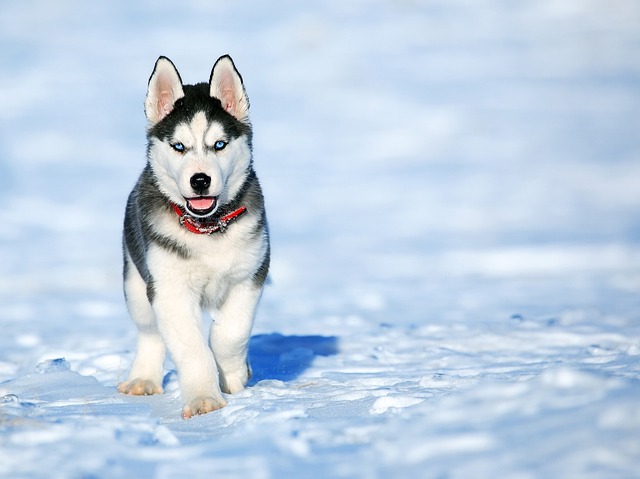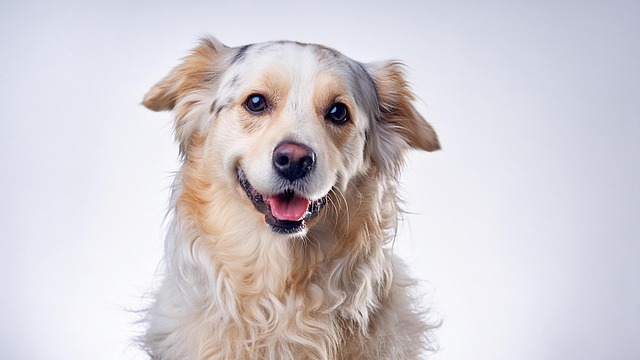
How long do puppies shed their puppy coat?
Watching a fluffy puppy grow into an adult dog comes with plenty of surprises, and one of the most noticeable is the shift in their coat.
It’s a heart-stopping moment when your usually alert pup doesn’t react to their name, treats, or even the jingle of their leash. While some dogs zone out during a deep nap, sudden unresponsiveness can signal anything from a minor issue to a life-threatening emergency. Let’s walk through what might be happening—and how to handle it while staying on the right side of local pet laws and community expectations.
First, assess the situation. If your dog is completely unresponsive—no blinking, twitching, or reaction to touch—this is a vet emergency, like poisoning, stroke, or severe trauma. But if they’re just "spacey" (slow to respond, disoriented), check for common triggers: Did they get into edibles (legal in many states, but THC is toxic to dogs)? Was there a loud noise like fireworks (common in U.S. suburbs around holidays)? Pro tip: Keep emergency vet numbers saved in your phone, including the ASPCA Animal Poison Control (888-426-4435)—it’s a 24/7 lifeline.
Now, the legal stuff. In places like New York City, failing to seek immediate care for an unresponsive dog could be considered neglect under animal welfare laws. And if your dog collapses in a public park, always clean up if they vomit or lose bladder control—yes, even in crisis mode. Many cities (like Portland) have ordinances requiring pet owners to "leave no trace," including bodily fluids. Not fun, but neither is a $250 fine.
Cultural red flags matter, too. Never shake or yell at an unresponsive dog—this isn’t just cruel; it’s counterproductive. Studies show stress worsens recovery in disoriented pets. Instead, practice "quiet urgency": Speak softly, dim lights if possible, and gently transport them to the vet (use a towel as a makeshift stretcher for large dogs). This aligns with the force-free handling movement gaining traction in the EU and U.S., where vets now avoid restraint unless absolutely necessary.

For apartment dwellers, think about environmental factors. Carbon monoxide leaks (a silent killer) affect pets first—if your dog seems drowsy and you have a headache, evacuate and call 911. Another urban risk: discarded food. A San Francisco vet recently treated a Labrador who snatched a discarded nicotine pouch (common in cities with vaping culture). Result? Racing heart, tremors, and temporary unresponsiveness. Always scan sidewalks during walks.
Prevention is key. Microchip your dog (required in most EU countries and some U.S. cities like Los Angeles) so if they wander off in a confused state, shelters can ID them fast. Train a "touch" command (nose to hand) to regain focus if they space out during walks. And buddy up with neighbors—when a Seattle couple’s senior dog had a diabetic crash, their next-door neighbor recognized the symptoms and rushed over with honey (a quick blood sugar fix) while they called the vet. Community care saves lives.

Watching a fluffy puppy grow into an adult dog comes with plenty of surprises, and one of the most noticeable is the shift in their coat.

It’s a heart-stopping moment when your usually alert pup doesn’t react to their name, treats, or even the jingle of their leash.

A 9-month-old puppy shedding more than usual can catch any owner off guard. You might notice tufts on the couch, clumps in their bed, or even little piles by the door after a play session.

Trying to get a dog to take liquid medicine can feel like a battle of wills—especially when those big, innocent eyes stare back at you as if you’re offering something toxic.

Watching your dog turn away from food can spark that urge to step in—maybe even pry open their mouth to get something down. But before you act, let’s break down why forcing food might do more harm than good.

If you’ve ever brushed your hand along your dog’s back and noticed small, paper-thin flakes of skin coming loose—or found little bits stuck to their favorite blanket